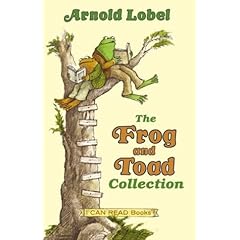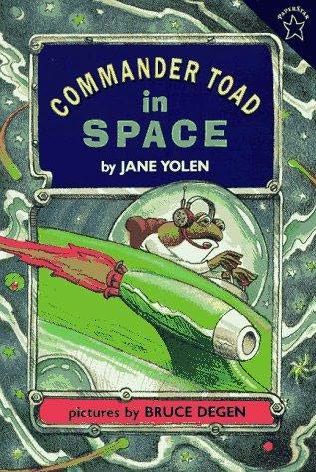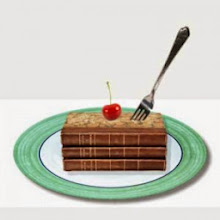 Welcome to the first in my (probably sporadic) interview series, called No Stupid Questions, where I interview an expert on some topic that I'm woefully underinformed on, and share the responses with you!
Welcome to the first in my (probably sporadic) interview series, called No Stupid Questions, where I interview an expert on some topic that I'm woefully underinformed on, and share the responses with you!This year, the Cybils have introduced a new category: Easy Readers (also known as early readers). This was the brainchild of Anastasia Suen, who is also the first Category Organizer. Anastasia is a writer, educator, blogger, and I wouldn’t be surprised to hear that she fights crime on the side. The woman is exhausting.
I met Anastasia at the Kidlit 08 conference and after hearing her talk about easy readers for five minutes, I realized she’d forgotten more than I ever knew on the subject. As a children’s librarian in real life, I figured this was something I needed more information about. Anastasia agreed to take time out to answer a couple of stupid questions about easy readers and how parents, teachers, and librarians can use them.
 What makes a book an easy reader?
What makes a book an easy reader?Easy readers are books for kids who are learning how to read on their own. Learning to read isn't something that happens overnight. It's a series of small steps. So easy reader books are divided into three categories- emergents, early readers and transitional readers (or chapter books).
The simplest ones, the emergent readers, have just a word or a phrase on each page. Most of the story is told in the art.
The next step up, early readers, have more words in them. The art and the text work together to tell the story.
Chapter books are the third step. These books help kids transition from stories where the art gives clues to meaning of the words on the page to books where the art is decoration. (This is why teachers call these books, transitional readers.)
Who are the kids who read them?
Every child in school learns to read with easy readers. It takes time to learn all of the words in a story, so we begin with stories that have a few words and lots of clues in the art (emergents). As children learn to read more words, they can read longer and longer stories (early readers). The art becomes smaller and smaller until one day the child can read stories without relying on the art to help them figure out what is happening in the story (chapter books).
How should grown-ups use easy readers with the kids in their lives?
Children learn to read by reading the same words over and over and over. Practice makes perfect! Adults can support this by having lots of simple books available for children to read by themselves. At the same time, they can continue to read harder books to their child. (What a child can read independently and what a child can listen to are very different. It takes a long time for a child's reading level to catch up to his listening level.)
What are some of your favorite individual books or series?
There are so many wonderful choices! I love the classics, like Go, Dog, Go, by P.D. Eastman, the Fox books by James Marshall, Frog and Toad by Arnold Lobel, and Commander Toad by Jane Yolen.

What do you think the outlook is for easy readers?
I think there will always be a need for easy readers. Kids need these simple books to learn how to read.
* * *
Thanks, Anastasia! The Easy Readers shortlist, along with all the other Cybils shortlist, will be announced on January 1 and the winner on February 14.
In the meantime, check out Anastasia's new blog all about easy readers, Easy to Read.





1 comment:
Oh my gosh, I LOVED Commander Toad! Frog and Toad too, yes, but I'm SO glad to see someone else talking about Commander Toad!
Post a Comment